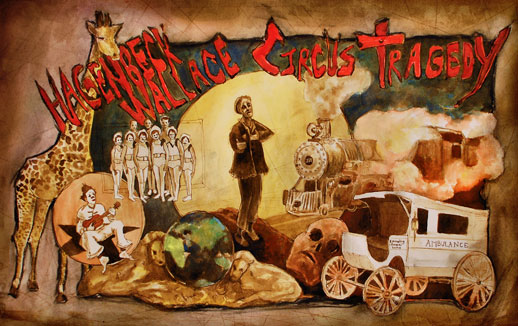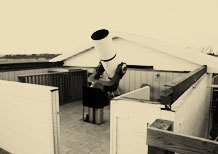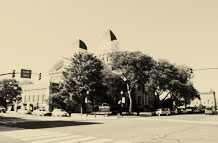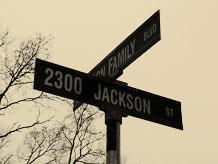
Illustration by Sophia Rapata [photo by Sophia Rapata]

On a course to meet with disaster
October 5, 2012
1918 was a gut-wrenching year. World War II was raging in Europe, and the U.S. was deeply entrenched in battle. And many people were succumbing to the Spanish influenza pandemic.
The circus was a colorful, welcome distraction. People enjoyed the thrills and chills of the acrobats and animal trainers and the silliness of the clowns. It was a joyride for the public, but it would turn one man’s dream into a nightmare.
Benjamin E. Wallace, who grew up in Peru, Ind., had a vision to own and operate his own circus. The revenue from a successful livery stable helped him build seed money to bring his vision to fruition. He began collecting supplies and animals in the early 1880s. Good luck befell him when in 1882 the W.C. Coup show came through town. The show was bankrupt, and Wallace seized the opportunity to buy equipment and supplies from the failing business.
Wallace’s collection was nearly lost in January 1884 to a devastating fire. Many of his exotic animals succumbed to the flames, but that didn’t faze Wallace. That spring he gave a show in Peru before taking the newly assembled Wallace and Co.’s Great World Menagerie on the road. The fire was not the first, nor would it be the last of the tragedies the outfit would suffer.
The first two years of touring were successful for Wallace—so successful that in 1885 his circus evolved from a traveling show on wagons to the Great Wallace Show of the railway. It grew and grew in just a few years.
The next tragedy struck in June 1982, when 26 highly trained horses perished in a train wreck. More wrecks would follow in the next century.
On Sept. 7, 1903, the Great Wallace Show pulled too quickly into the railyard in Duran, Mich., and couldn’t stop before smashing into another train. The crash killed 26 men, some of whom were railroad workers, and also claimed the lives of animals. Train wrecks were common at the time, but back then it was the worst circus train accident in U.S. history.
That would change.
Things brightened in 1907 when Wallace bought the Hagenbeck Circus from Carl Hagenbeck to form the Hagenbeck-Wallace Circus. The circus ballooned in size from the merger and became so massive that two trains were necessary to carry it across the rails. 1907 was the first year the Hagenbeck-Wallace Circus rolled into Hammond, Ind., on the 24th of August. It returned in August 1910 and again in July 1912.
Flooding would serve as the next agent of destruction. A series of rains in 1913, mixed with melting snow, inundated the Wabash River and caused it to overflow its banks. Many animals drowned in the flood, and the waters heavily damaged the circus’s equipment. Soon afterward Wallace decided to let go of his dream. On June 19 that year he sold his circus to Edward M. Ballard, of French Lick, Ind., and his associates Charles Hagaman and John Talbott. It was considered to be a million-dollar organization with a crew of 600 people.
Despite a history of misfortune, the Hagenbeck-Wallace Circus seemed poised for greatness ...
Tune in next week for part two of our feature.








